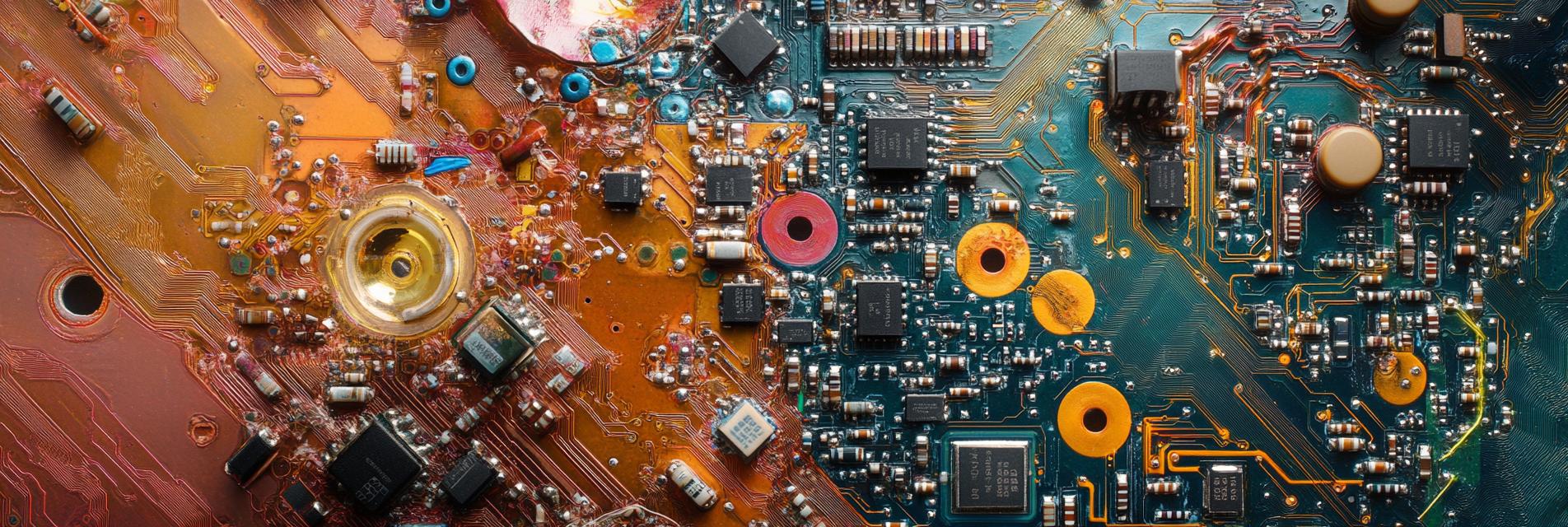In the rapidly evolving world of electronics, the demand for superior performance and efficiency has led to a significant innovation: high-frequency high-speed circuit boards. These advanced boards are not only enhancing device capabilities but are also redefining the standards for electronic designs. In this article, we delve into the technological benefits and applications of these revolutionary circuit boards.
High-frequency high-speed circuit boards are designed to operate with minimal signal loss at elevated frequencies and speeds. This unique characteristic allows for quicker data processing and improved performance in various applications. Their construction typically involves materials that offer low electrical loss and enhanced thermal management, making them ideal for modern electronics.
These circuit boards are distinguished by several key features:
The applications of high-frequency high-speed circuit boards span numerous industries. From telecommunications, where fast data transmission is crucial, to aerospace and automotive sectors that require high reliability in extreme conditions, these boards are becoming the backbone of modern technology. Whether powering groundbreaking medical equipment or enabling innovations in artificial intelligence, their versatility is unmatched.

Advancements in technology continually push the boundaries of what is possible with electronic components. High-frequency high-speed circuit boards leverage innovations such as advanced materials science and computer-aided design systems to achieve higher levels of performance. Consequently, manufacturers are able to produce more compact, yet powerful devices that cater to the needs of a tech-savvy consumer base.
Innovation is not just limited to the boards themselves but extends to the processes that create them. Automation and precision engineering are enhancing production efficiencies. These advancements ensure reliability and performance are maintained even as demands for faster, more efficient devices grow.
High-frequency high-speed circuit boards stand at the forefront of technological innovation within the electronics industry. Their unmatched performance and versatility across applications underscore their vital role in shaping the future of technology. As we continue to integrate more sophisticated electronic components into everyday devices, the evolution of these circuit boards will undoubtedly drive further advancements in technology.
